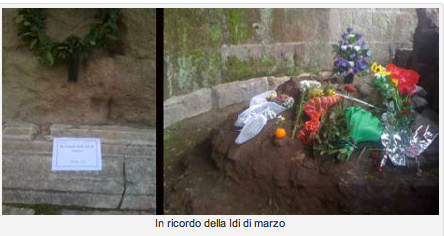From the first, almost cheerfully do-able estimate of 1,000 barrels of oil spewing daily into the Gulf of Mexico to a…
- jaw-dropping 5,000 barrel revision
- horrifying 19,000 barrel update
- are-you-kidding-me? 25,000 barrel recalculation
- and an it’s way-way-way-more-than-the-Exxon-Valdez admission
Dispersants that present environmental issues of their own have only made the situation more complex. “We’re dealing with an aggregation of hundreds of thousands of patches of oil,” according to Admiral Thad W. Allen, the Coast Guard commander in charge of the clean-up. It will takes months to scrub the surface. Years at least to scrub the wetlands.



















